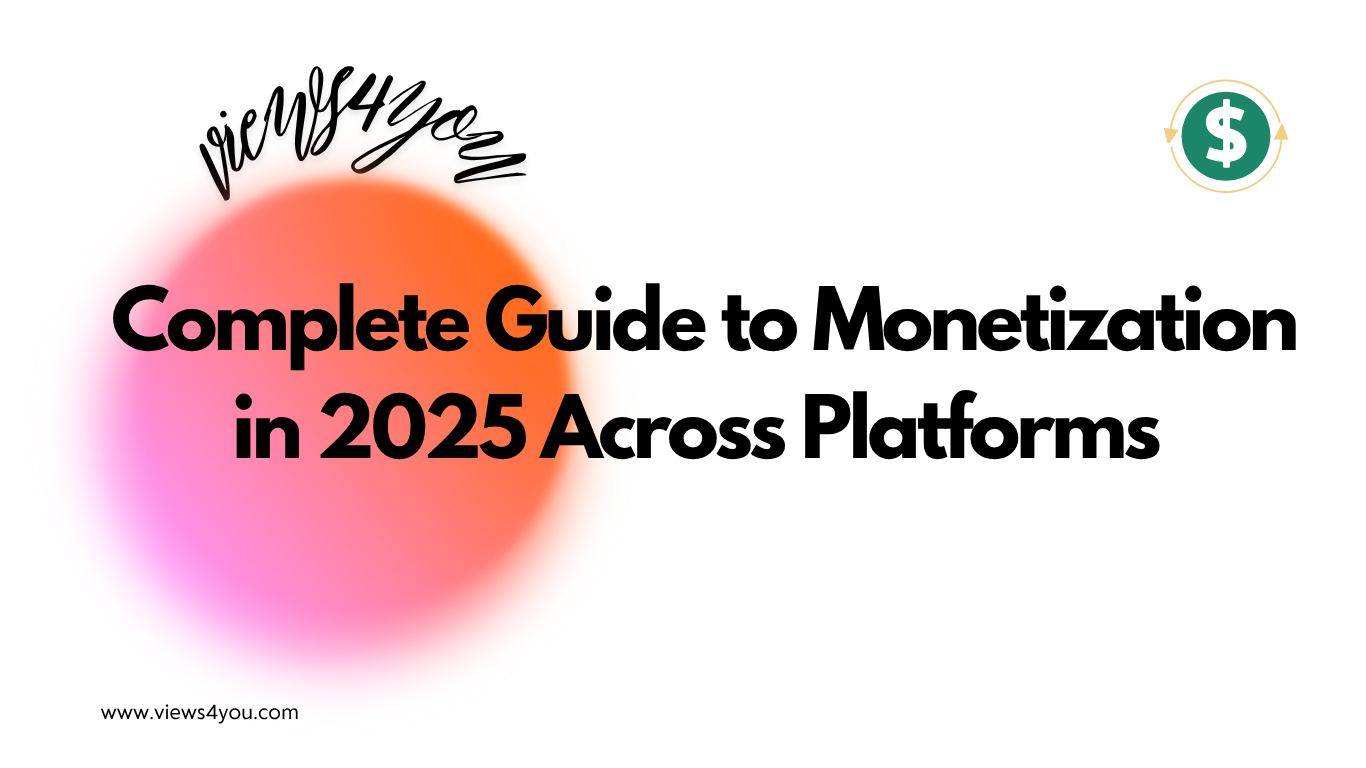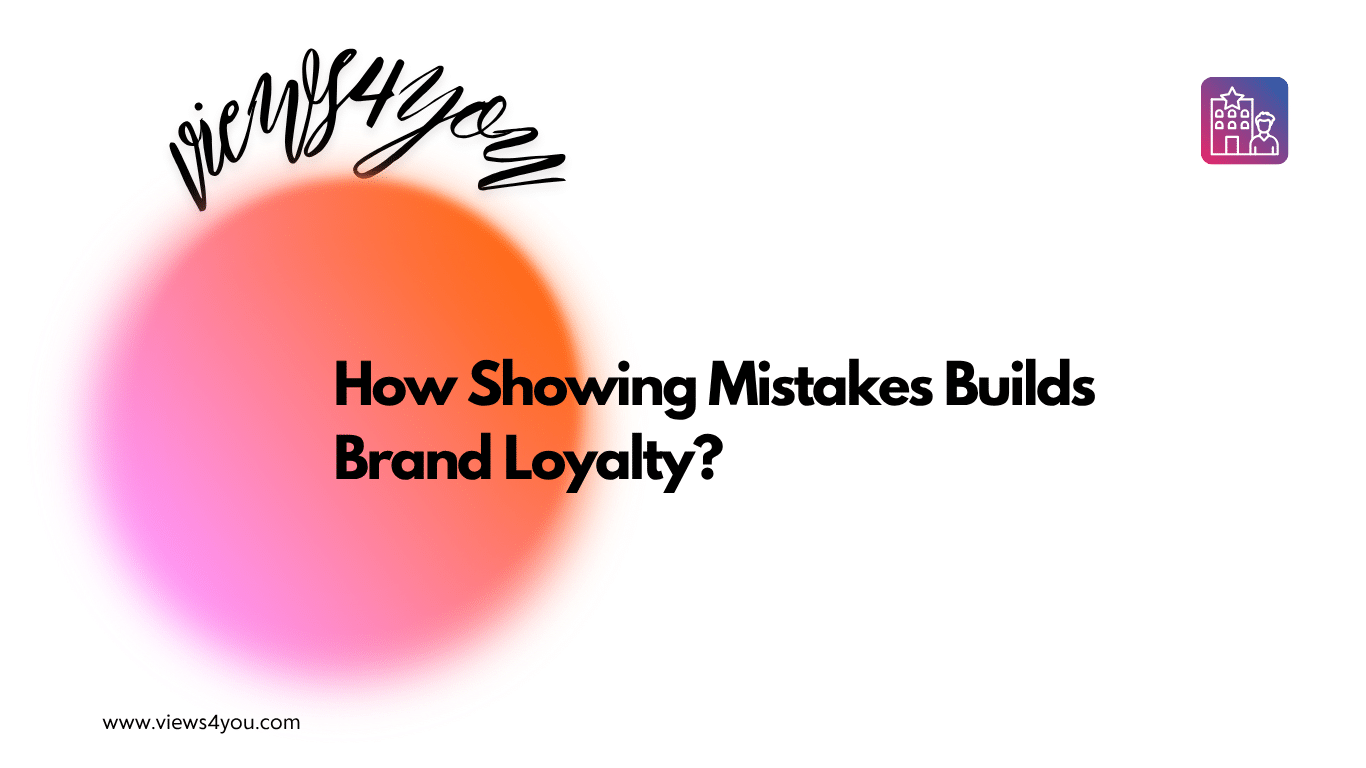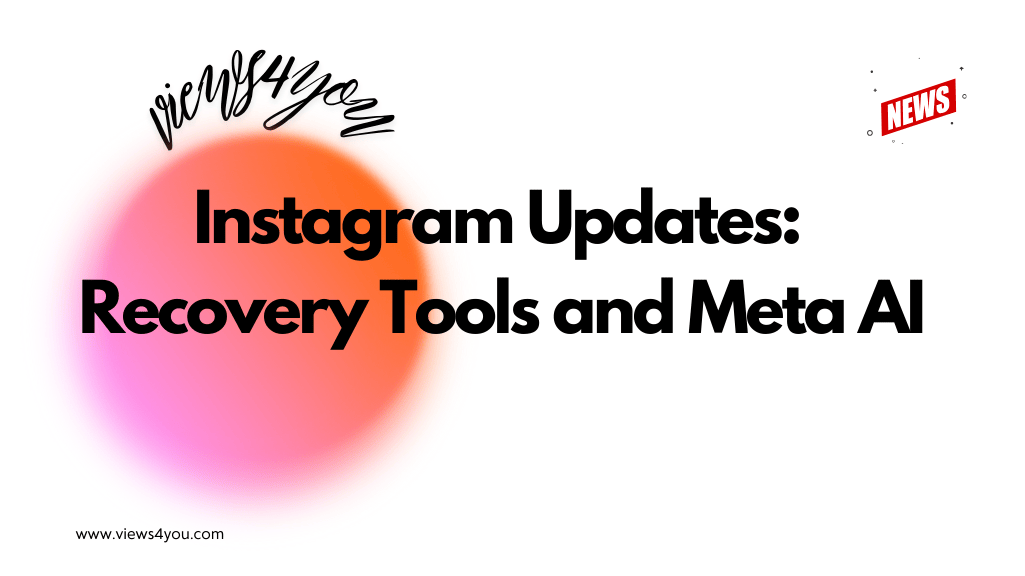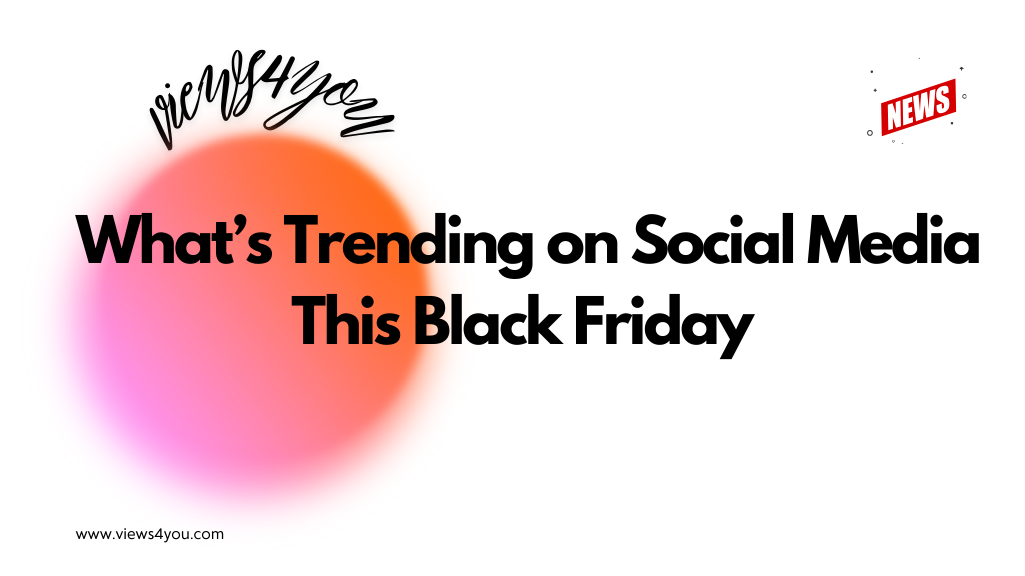X (Twitter) engagement rate is the percentage of interactions a tweet receives, such as likes, replies, retweets, and link clicks, divided by its total impressions. It shows how effectively your content resonates with your audience. A higher rate means people didn’t just see your tweet, they acted on it.
I started paying close attention to my Twitter metrics when impressions and likes stopped feeling like enough. You can think of analytics as the GPS that tells you whether your content is good or drifting into oblivion. When you make decisions based on actual data instead of hope or gut feeling, you begin steering conversations rather than reacting to them. That shift, from guessing to knowing, transformed how I plan and refine every tweet.
How to Access Your Metrics Without Premium?
If you’re using X Premium, go to the dashboard via x.com/i/account_analytics or Creator Studio → Analytics on desktop, and you’ll see impressions, engagement rate, profile visits, new followers, and more. But if you’re not paying, don’t worry, on mobile, tap a tweet, hit the three dots, and tap “View analytics.” You’ll still see impressions, engagements, new followers, and profile visits for each tweet.
This means you can start optimizing immediately, no premium required.
Metrics That Directly Link to Better Tweets
It’s easy to get lost in vanity metrics. Here are the ones that actually move the needle:
- Impressions: How many times your tweet was seen. High impressions alone don’t prove success, but they set the visibility baseline.
- Engagements: Each like, reply, retweet, link click, or media interaction. This shows the depth of how people engage with your content.
- Engagement Rate: Total engagements ÷ impressions × 100. A higher rate means your tweet resonated beyond just being seen, bearing real relevance.
- Profile Visits: People clicked through to your profile, meaning your content sparked enough interest to make them check out your broader presence.
- Follower Growth: Tracking gains and dips helps spot what content encouraged follows, and what drove unfollows.
If your engagement rate is low relative to impressions, you may be reaching many but moving few. That mismatch signals something needs adjusting.
Spotting What Works: Use Your Top Tweets As Clues!
Once you track these metrics for a few weeks or months, look for standout tweets, your “top tweets.” What made them work? Was it the time of day, the format (thread vs single), media usage, hashtags usage, or tone? Analyzing this helps uncover repeatable patterns in what resonates with your actual audience, not some wishful ideal.
Finding consistent patterns in top-performing tweets gives you a template you can adapt. That’s how I stopped feeling like tweeting was random and started working off a tested blueprint.
Testing Timing, Format, and Frequency!
Using analytics, I track when impressions and engagement spike. Sure, generic advice says morning or evening, but your audience may operate on their own rhythm. So I experiment. Do threads perform better than stand-alone tweets? Does posting at noon yield more clicks than at 6 p.m.? I split test it and let data decide, not opinions.
With regular measurement, I stop guessing and start knowing when and what to post. And yes, tweeting more often can boost visibility, but only if each tweet drives engagement.
Third‑Party Tools Help You Go Deeper (And Faster)
Sometimes you need more than native analytics. There are tools that let you track performance across accounts, benchmark competitors, schedule reports, and even gauge sentiment or hashtag trends. They give richer filters and dashboards so you can spot insights faster, but don’t let complexity replace clarity.
Acting on the Data: Tweak Your Content to Improve Engagement
Imagine your impressions are fine but engagement rate lags. That’s when I change something: shorter copy next time; stronger first line; image or video instead of plain text; fewer hashtags or more relevant ones. I test and compare performance until that engagement rate climbs.
If a tweet drove profile visits but few link clicks, I might rearrange the call-to-action or make the link more prominent. If follower growth spikes after threads, I lean into threads more often.
Benchmarks That Give You Realistic Goals
About engagement rates, in 2025, the median on X hovers around 0.05%, while anything near 0.8% or higher is considered strong performance. That guideposts what counts as “good” for most accounts. Of course, niches vary; what’s viral in tech may not be in nonprofit.
By comparing your average to these benchmarks, you can gauge whether your account is underperforming or on the right track.
Avoiding Common Analytics Traps
It’s tempting to overreact to one tweet going viral or to obsess over impressions that don’t yield clicks or engagement. I learned that viral plus irrelevant isn’t valuable. Also, chasing impressions without relevance often leads to disengaged followers or drop-offs in sentiment. So, I always pair quantitative metrics with qualitative context, comments, replies, and the tone of interaction count, too.
FAQs
How often should I check my X analytics?
I recommend weekly at minimum, monthly for real trend analysis, but check after major campaigns or test variations to spot early shifts. Weekly gives you agility; monthly shows a pattern.
Why might I have high impressions but a low engagement rate?
That usually means your content attracted views but didn’t inspire action. Maybe the hook was visible, but the content wasn’t interesting enough, or lacked compelling CTA or relevance.
Are tweets with media really more effective?
Data suggests threads, images, and videos tend to boost engagement rate more than plain text. When I introduce media or threads thoughtfully, engagement almost always improves.
Can competitor benchmarking help me grow faster?
Yes, tools like Keyhole or SocialInsider let you compare your engagement, follower growth, and content types to peers. When you identify what’s working for others, you adapt intelligently to close gaps.
How do sentiment and reply quality factor into analytics?
Numbers alone don’t tell stories. A tweet with lots of replies might be controversial or negative. I read comments to assess tone. Are people supportive, curious, or critical? That sentiment shapes strategy more than raw likes.








